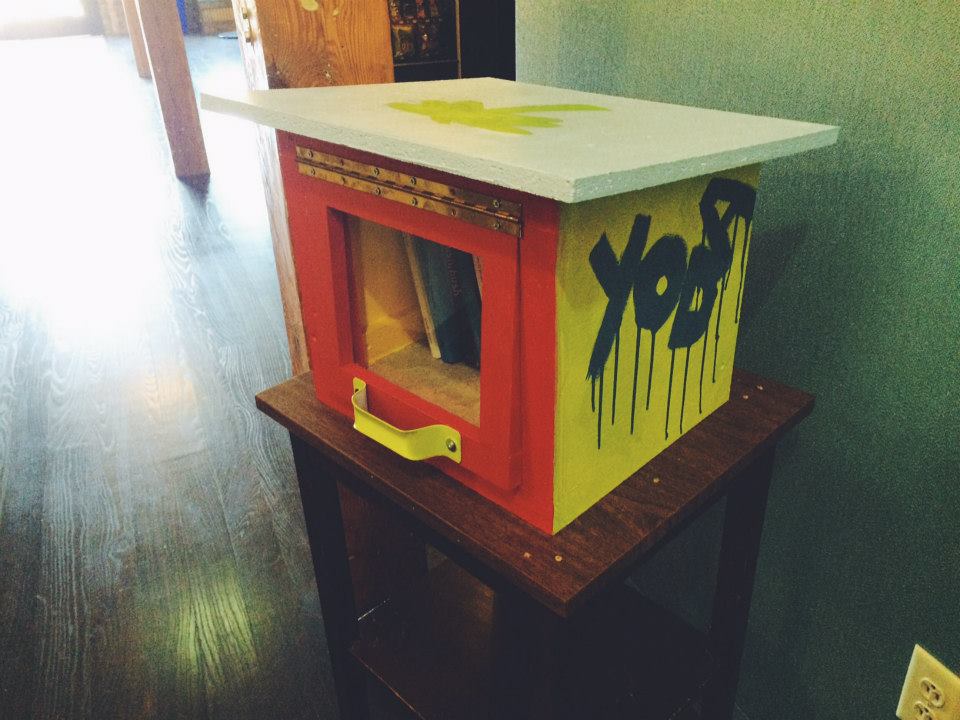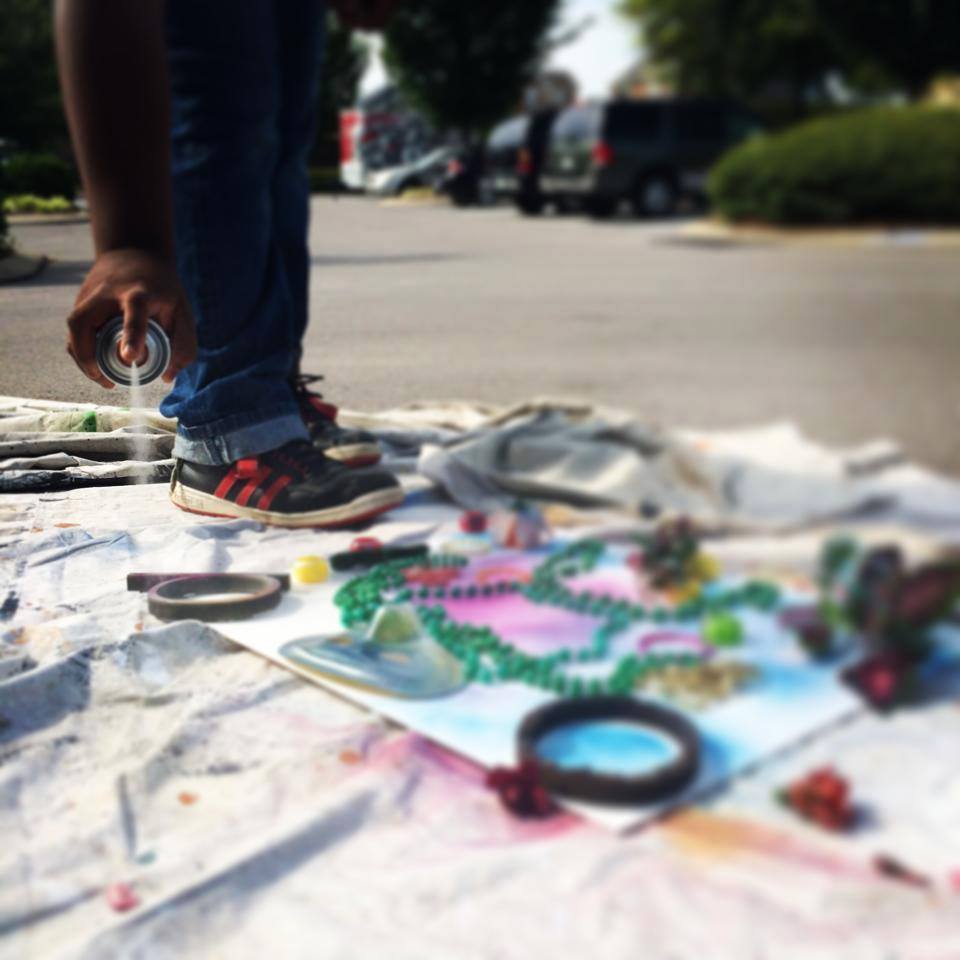Importance of Art for Our Youth
Let’s face it. Three hours of talk therapy is a long haul for anybody. And teens…well, you get the picture. If it had one, the motto for YODA Intensive Outpatient counselors would be, “Meet them where they’re at.” Therefor if a youth doesn’t particularly respond to a certain treatment modality, we find one he or she does respond to. Like art therapy.
 Through a partnership with OASIS, led by the talented and patient Abby Whisenhunt, the YODA clients have the opportunity to participate in art therapy once a week. At times they appear to be irritated and less than enthusiastic about going to art therapy, because they perceive art is for those younger than themselves. However, what we observe on a weekly basis is that the YODA clients begin to let down their resistance as they explore their relationship with drugs and the world through the art. Each YODA patient comes to us with his or her own talent. Their talents are many and varied. However, they have demonstrated the ability to come together and work side by side on art projects, despite their differences. They are learning to find common ground and common goals in a group setting. This is an important dynamic of solidifying the group and making it a whole unit. Many times they are given individual projects and their creativity is absolutely astounding. Through their art projects, they are
Through a partnership with OASIS, led by the talented and patient Abby Whisenhunt, the YODA clients have the opportunity to participate in art therapy once a week. At times they appear to be irritated and less than enthusiastic about going to art therapy, because they perceive art is for those younger than themselves. However, what we observe on a weekly basis is that the YODA clients begin to let down their resistance as they explore their relationship with drugs and the world through the art. Each YODA patient comes to us with his or her own talent. Their talents are many and varied. However, they have demonstrated the ability to come together and work side by side on art projects, despite their differences. They are learning to find common ground and common goals in a group setting. This is an important dynamic of solidifying the group and making it a whole unit. Many times they are given individual projects and their creativity is absolutely astounding. Through their art projects, they are  given the opportunity to showcase their own talents and listen to others interpret the meaning behind their artistic creations. As counselors, we see that as they participate on a regular basis and become more comfortable in the group setting, they listen to each other and are not judgmental of their classmate’s work. They do not ridicule or make fun of other’s projects, instead, the door is opened for discussion about what is similar and what is different for each individual. The clients are able to experience feelings of acceptance building both trust and confidence in the group. Each individual can experience feelings of success and understanding. They can also see some similarities in the messages of their individual projects, even though the delivery of the message is different from their own. As part of art class, counselors participate and use the time for individual discussions with the patients. Patients are often surprised by the similarities they have in common with one or both counselors. This important part of the art class builds a bridge of commonality between counselor and patient. They listen to other group members, they begin to understand that they are not alone in their struggles with drugs and/or alcohol. Sharing their experiences and successes with drugs, alcohol and life is essential as they travel on their journey, navigating the difficult waters of both addiction and adolescence. Through art, they are learning a new way to communicate, to find their voices and be heard.
given the opportunity to showcase their own talents and listen to others interpret the meaning behind their artistic creations. As counselors, we see that as they participate on a regular basis and become more comfortable in the group setting, they listen to each other and are not judgmental of their classmate’s work. They do not ridicule or make fun of other’s projects, instead, the door is opened for discussion about what is similar and what is different for each individual. The clients are able to experience feelings of acceptance building both trust and confidence in the group. Each individual can experience feelings of success and understanding. They can also see some similarities in the messages of their individual projects, even though the delivery of the message is different from their own. As part of art class, counselors participate and use the time for individual discussions with the patients. Patients are often surprised by the similarities they have in common with one or both counselors. This important part of the art class builds a bridge of commonality between counselor and patient. They listen to other group members, they begin to understand that they are not alone in their struggles with drugs and/or alcohol. Sharing their experiences and successes with drugs, alcohol and life is essential as they travel on their journey, navigating the difficult waters of both addiction and adolescence. Through art, they are learning a new way to communicate, to find their voices and be heard.


